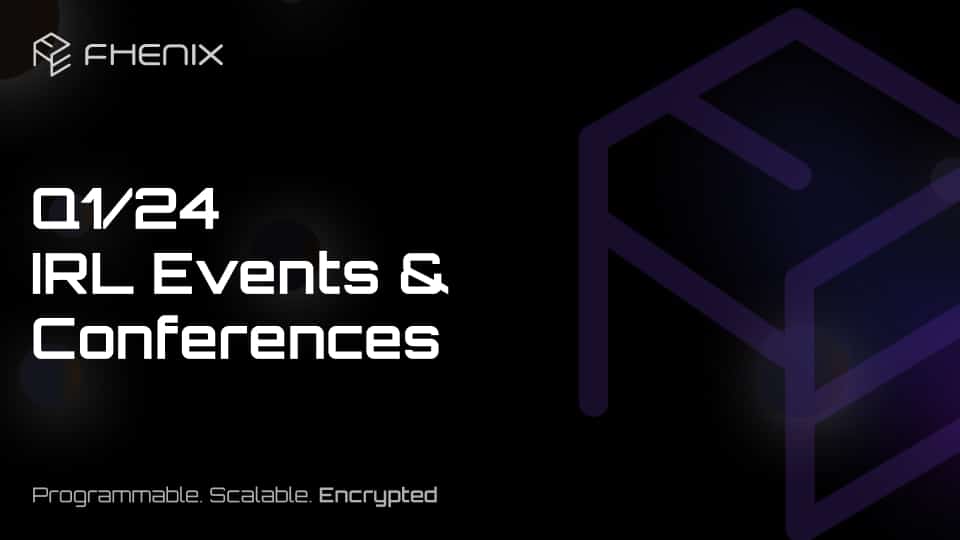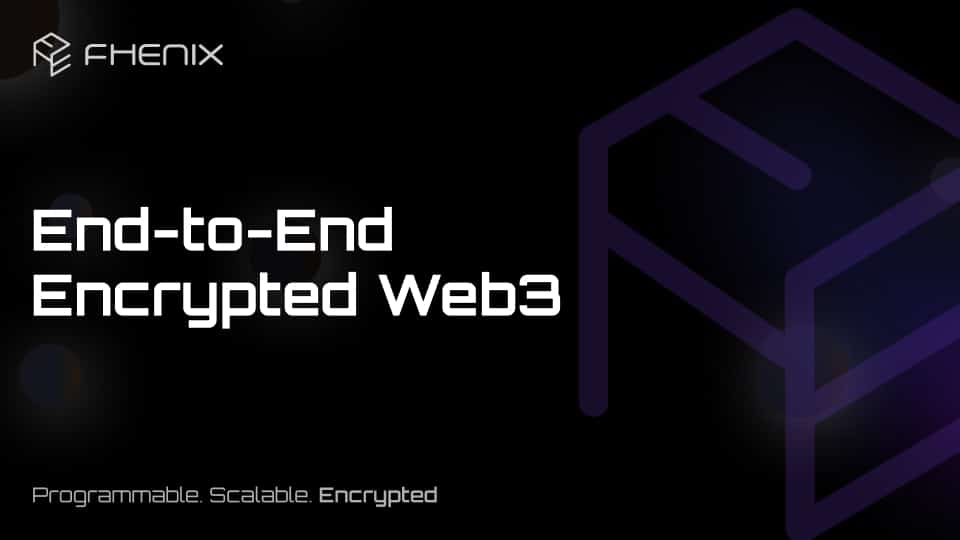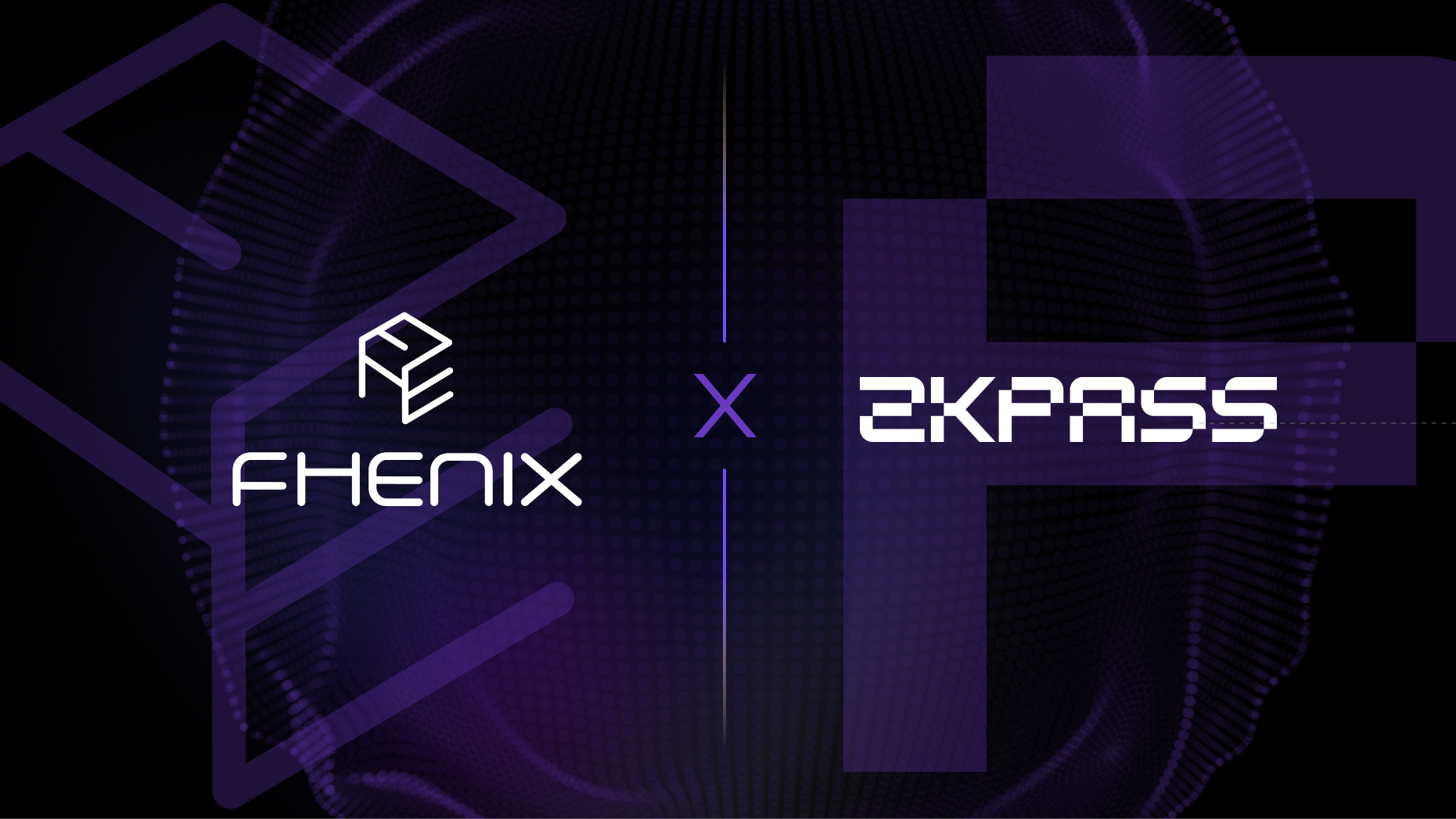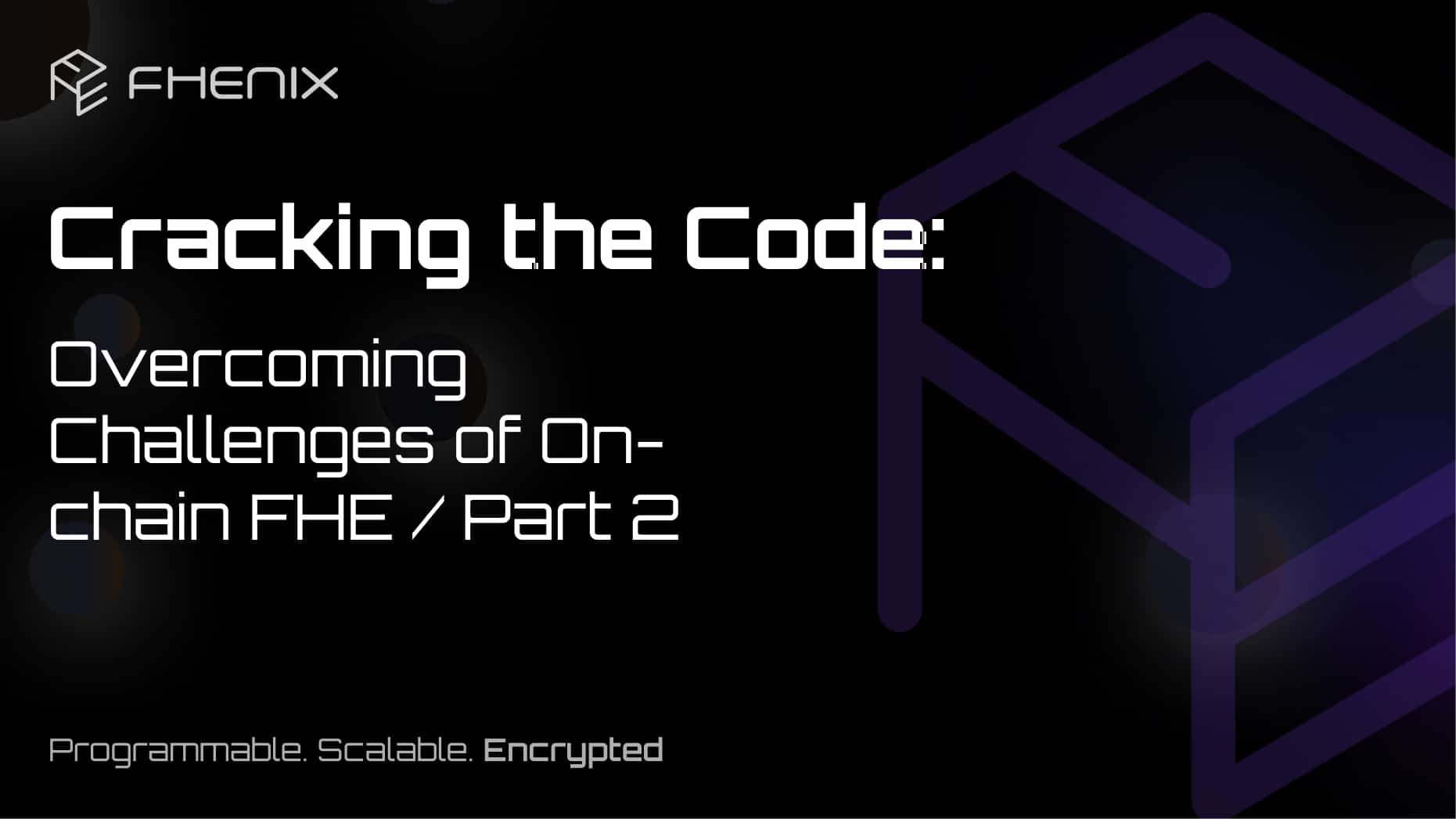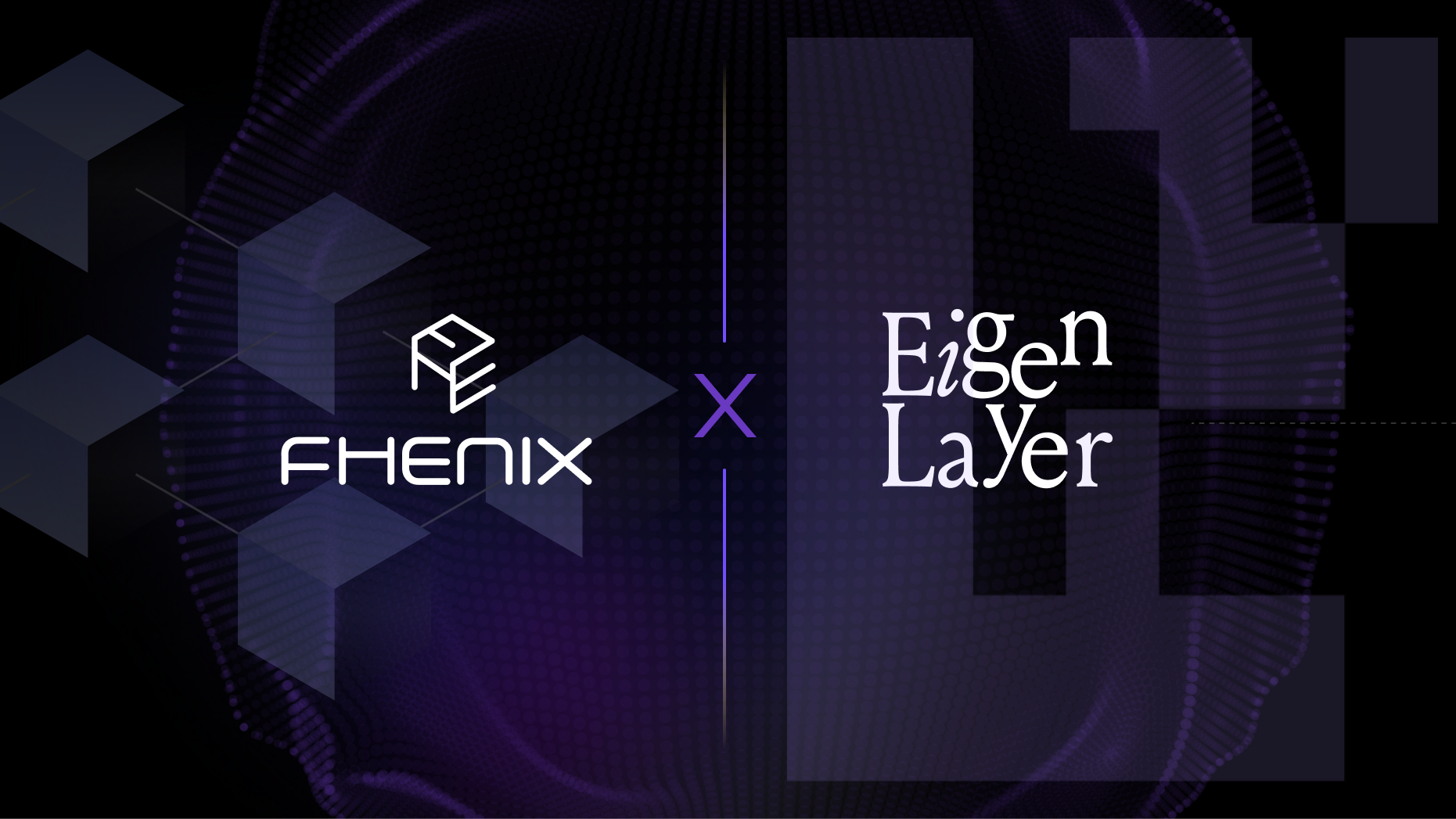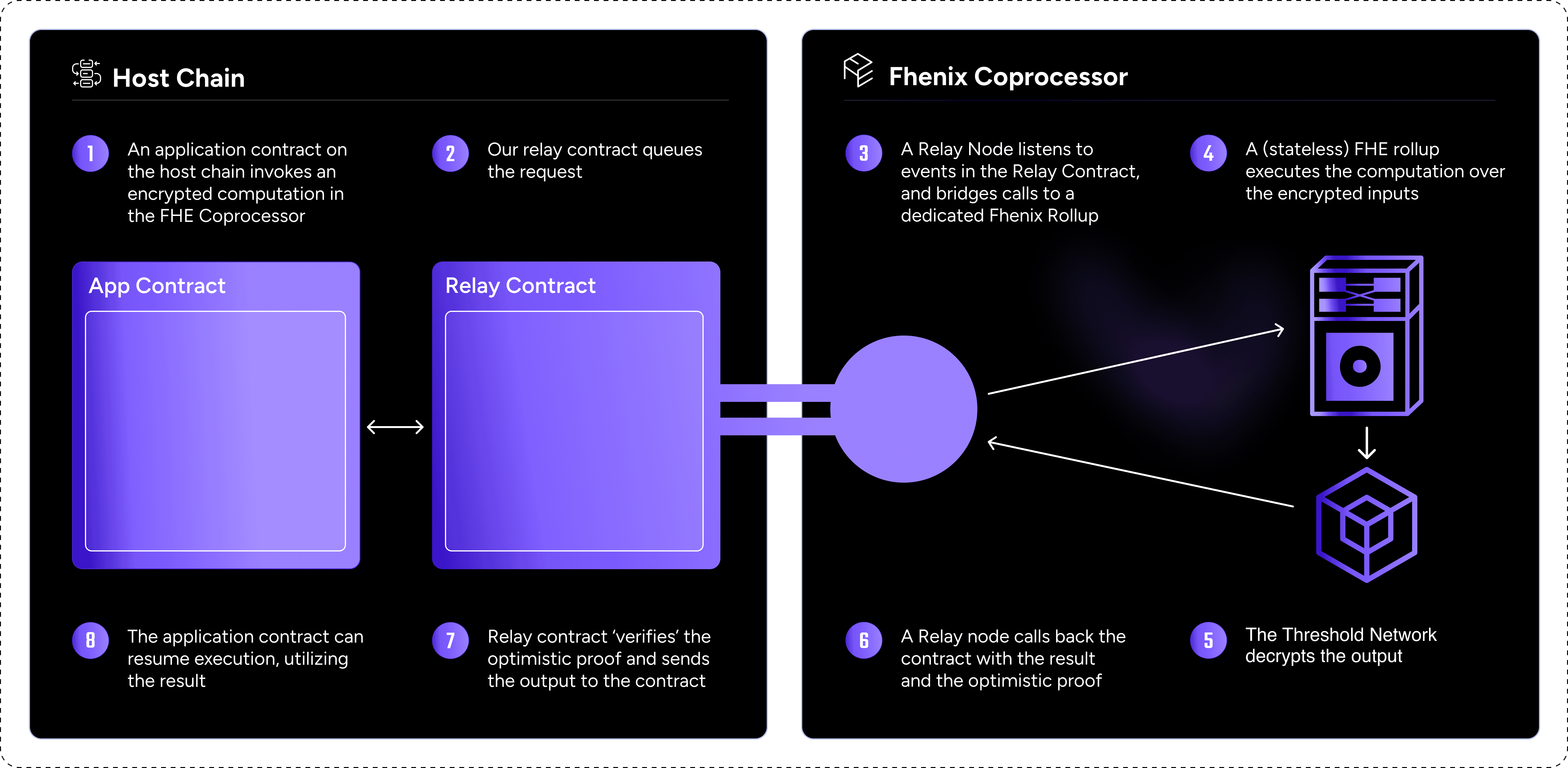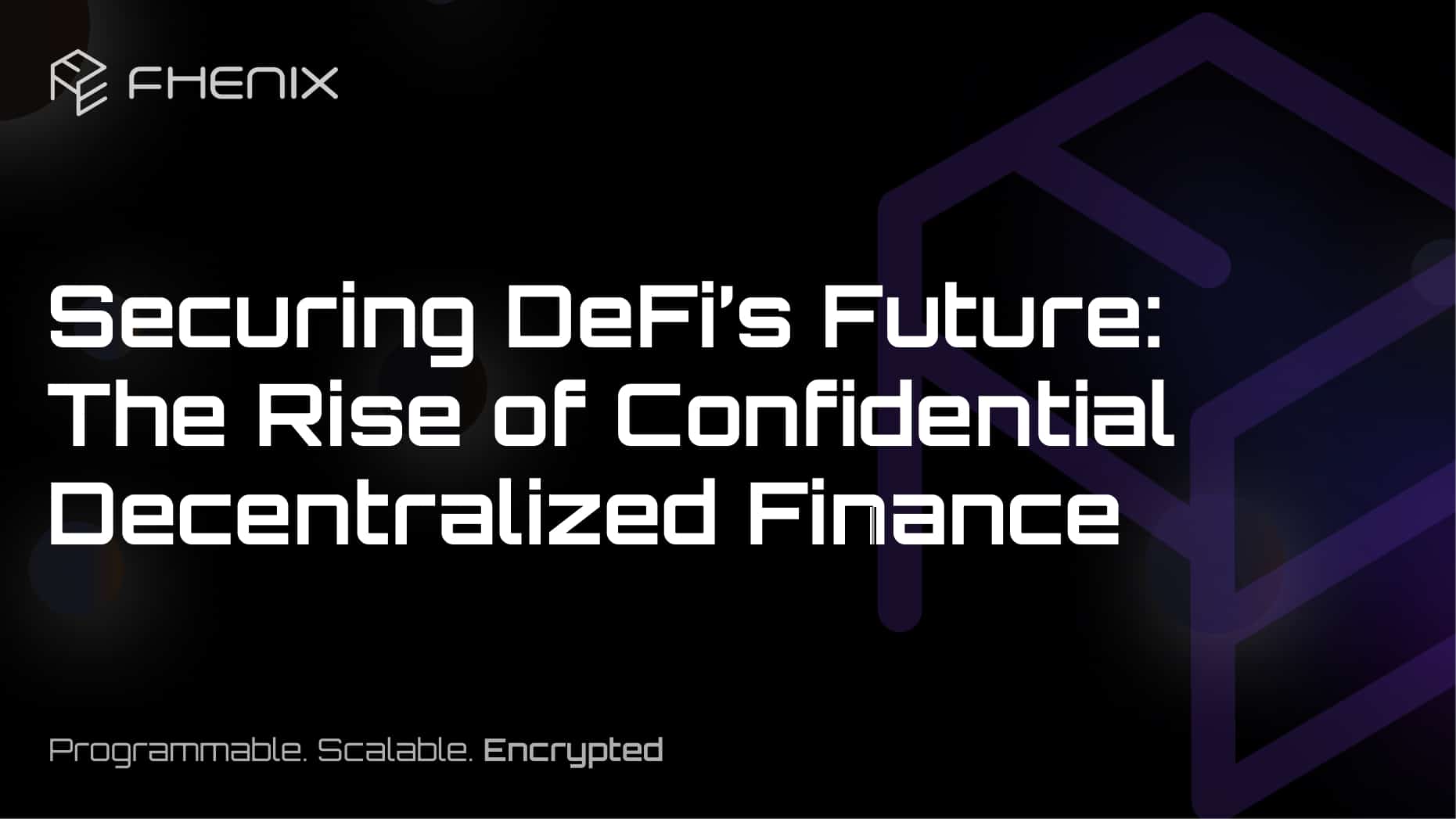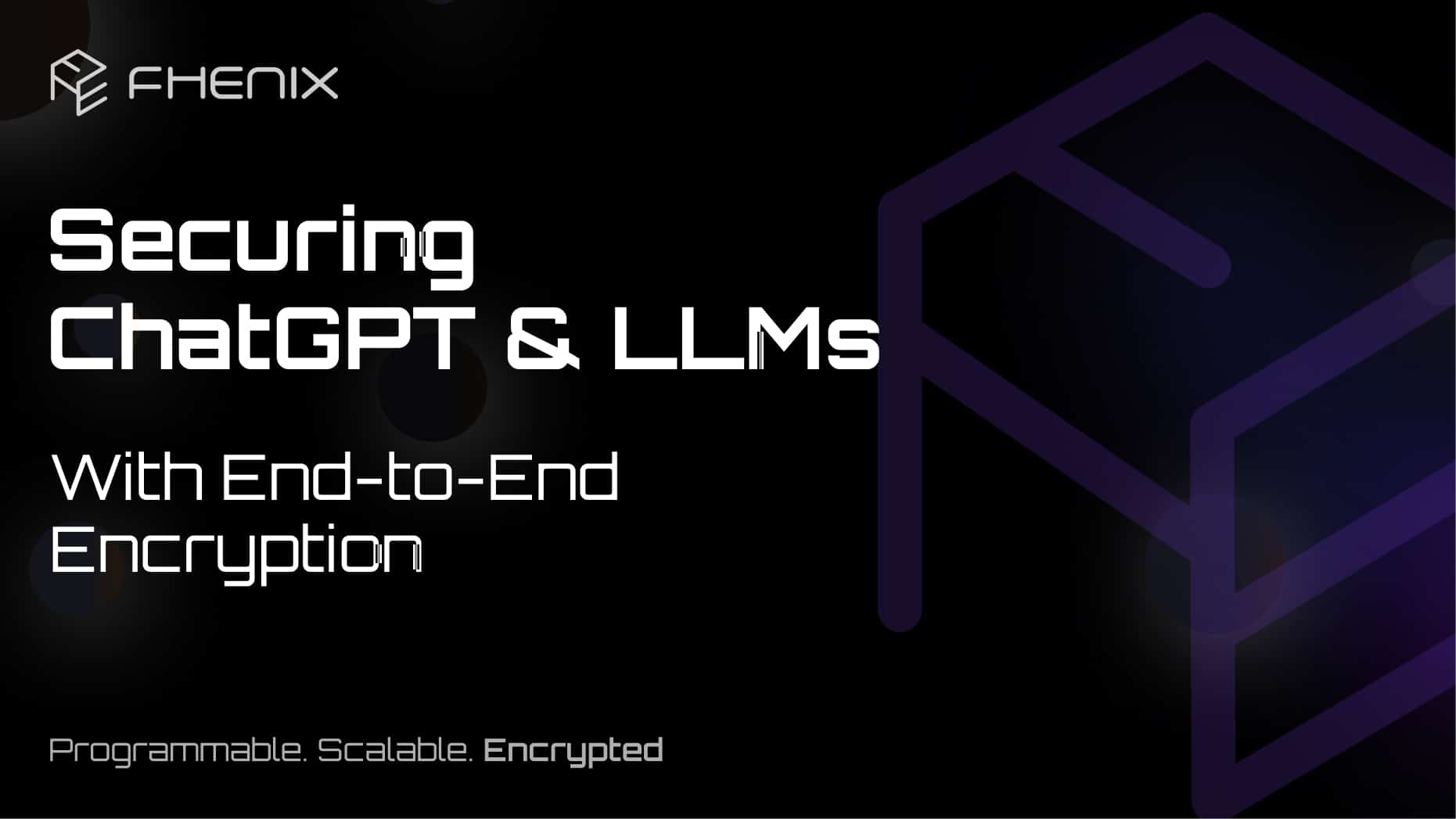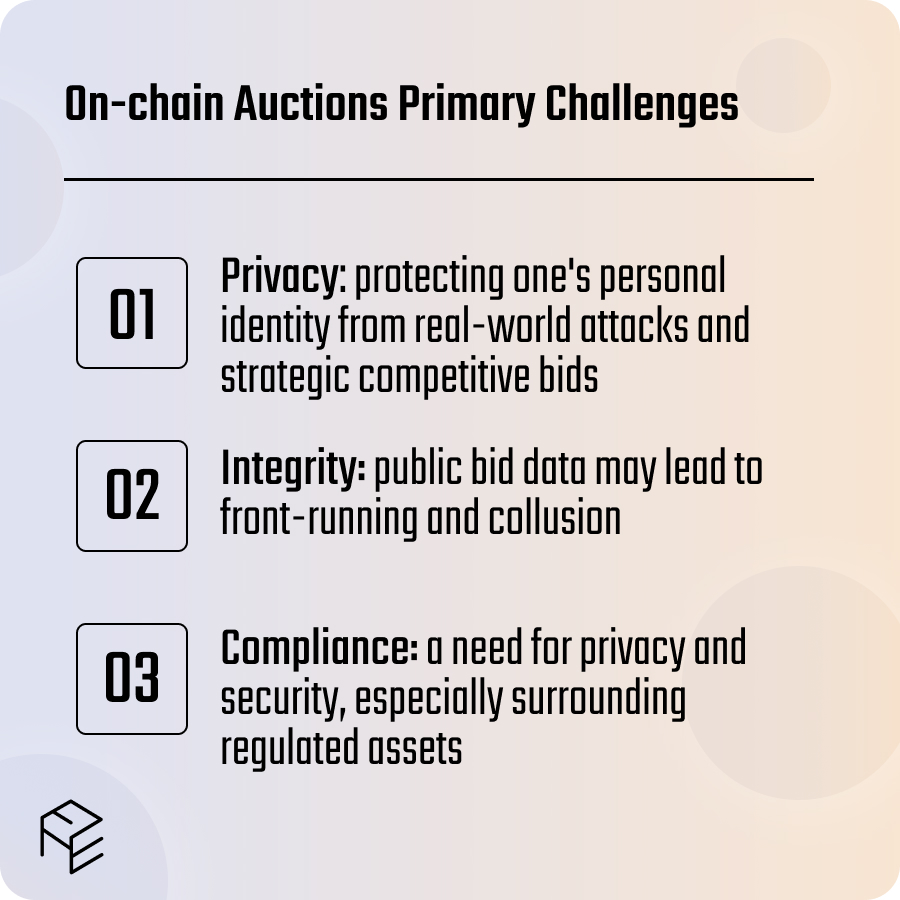Date: 12-09-24
Scaling Confidential Compute with Celestia Underneath
Fhenix is an L2 and coprocessor that provides a platform for builders to leverage the power of FHE to build confidentiality-enabled applications on Ethereum. By lowering the barrier of entry to FHE, we’ll soon see a flood of new confidentiality-enabled applications. It’s important to have performant infrastructure in place for the inevitable confidentiality boom, which is why we chose Celestia as the high throughput data availability solution for the Fhenix network.
Removing Bottlenecks
Today, Ethereum is almost completely translucent. This cannot continue to be the case if onchain is to become the next online. Confidentiality is the next major bottleneck for widespread adoption of Ethereum and FHE is the most ideal and ambitious solution.
Just as Fhenix is solving for the lack of confidentiality on Ethereum, so Celestia solves the data availability bottleneck for blockchains. Data Availability (DA) ensures that validators and users can access transaction data to verify the state of the blockchain and detect potential fraud. Celestia provides high throughput DA to address this problem with data availability sampling (DAS), which allows for DA to scale as more light nodes join the network.
The Future is Modular
Layer 2s scale Ethereum by separating the execution and consensus layers in order to facilitate the fast execution of transactions and computations. DA solutions like Celestia extend the modular approach to DA, reducing excessive fees while increasing the potential for the types of apps that developers can build. The modular approach provides a flexible solution to horizontal scaling for Ethereum, removing constraints while maintaining the security guarantees of the underlying L1.
Fhenix itself is also inherently modular by design. It separates the computationally expensive FHE execution from consensus in order to provide confidentiality while retaining the security guarantees of Ethereum.
The decision to utilize Celestia for Fhenix’s DA underscores an important strategy for our goal of bringing confidentiality to Ethereum and unlocking widespread adoption: lowering the barrier of entry for developers and making it as easy as possible for them to build confidentiality-enabled applications.
To the Builders go the Spoils
The foundational tools to build confidential applications onchain are now available to the intrepid developer ready to make use of them. There’s never been a better time to build the next generation of confidentiality-enabled onchain applications.
There’s even financial resources available to help builders bootstrap their projects through the Fhenix Grant and Bounty programs. Are you ready to build the next viral onchain application? Submit your application today.
If you have any questions about Fhenix and FHE we’d love to hear them in our Discord. Be sure to tune in to our next ecosystem call on October 1st. Don’t forget to follow us on Twitter/X for the latest news and updates if you aren’t already!
Confidentially yours,
Fhenix

